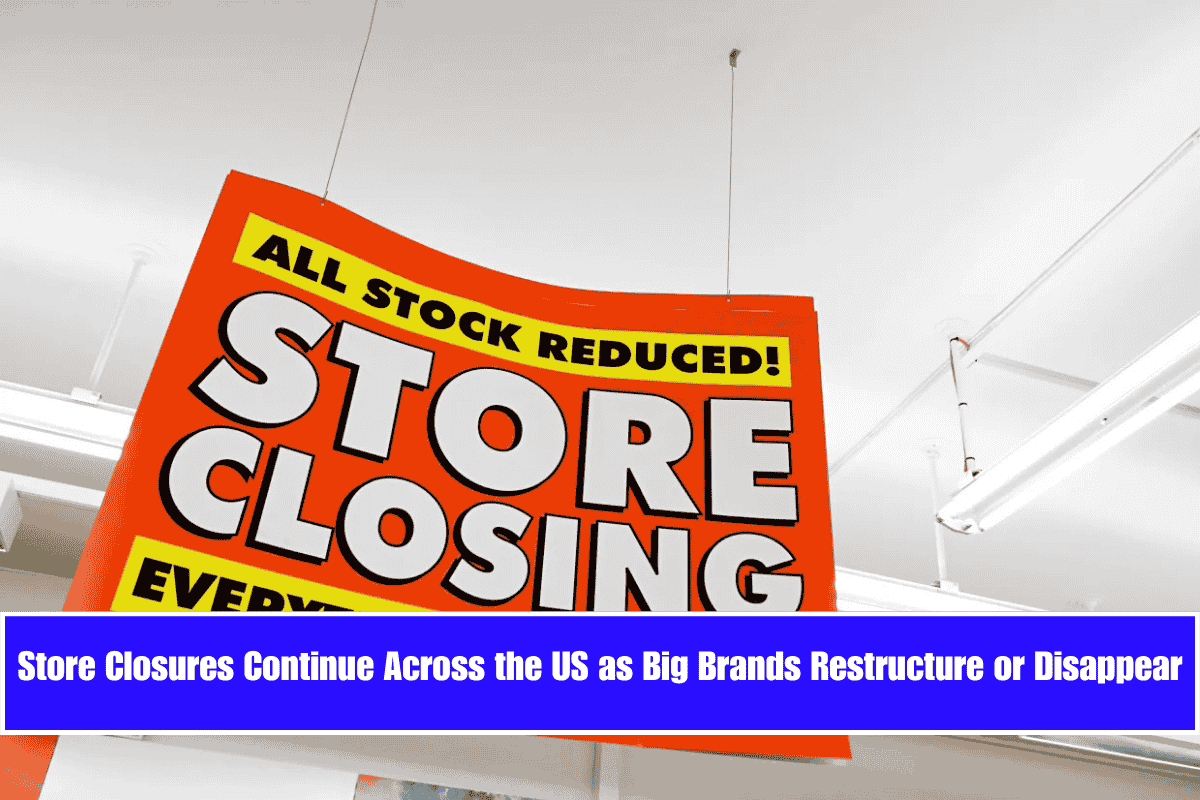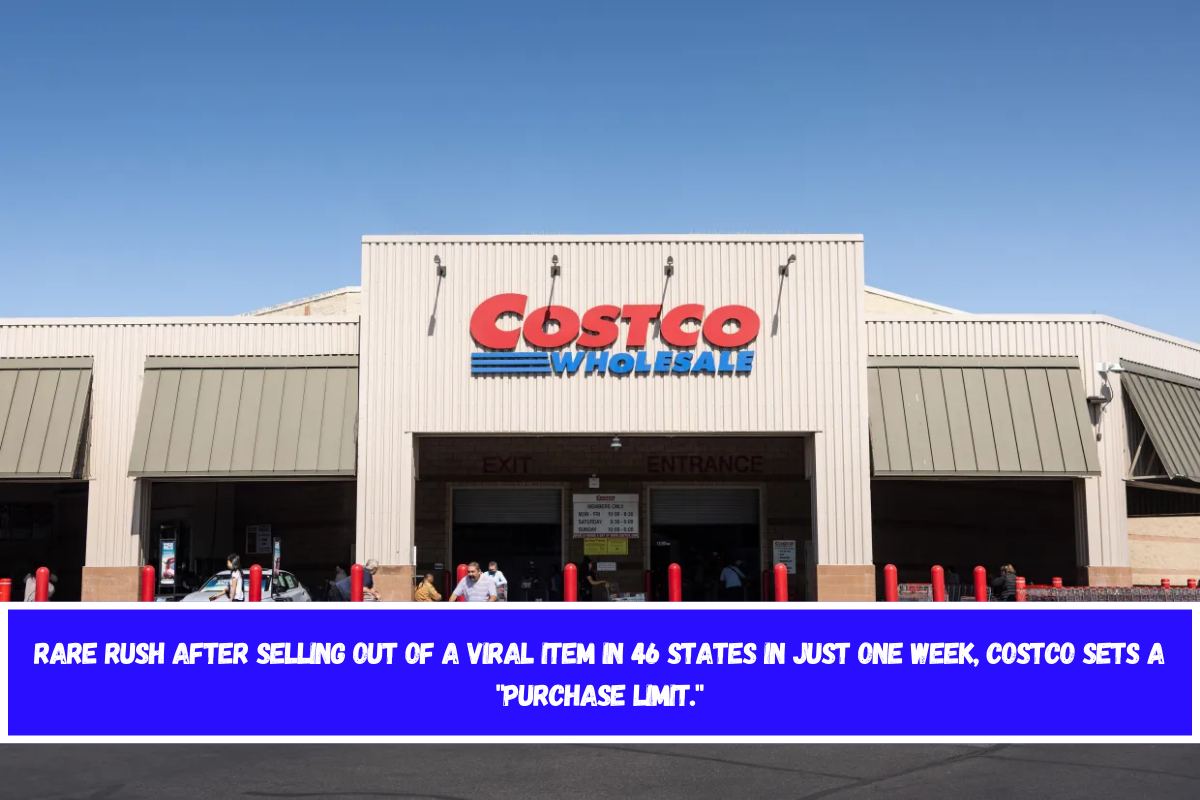The retail world in the United States is facing a wave of store closures, bankruptcies, and downsizing in 2025. As shopping habits shift online, many popular chains are struggling to survive. Department stores, mall-based outlets, and specialty retailers are either reducing their number of stores or closing down entirely.
According to Capital One Shopping data, around 1,170 malls closed annually between 2017 and 2022, showing just how serious the shift in consumer behavior has become.
Here’s a closer look at some of the biggest retail names affected this year and what it means for shoppers and the economy.
Rite Aid: Closures and a Second Bankruptcy
Rite Aid, one of the biggest pharmacy chains in the US, is reportedly heading toward a second bankruptcy. The company already closed around 800 stores after its first filing in September 2024, when it moved from a public to a private operation.
While there’s no confirmed list of May closures, stores in Long Island, New York, are especially at risk due to unresolved rental agreements. A spokesperson said Rite Aid is trying to become “financially and operationally healthy,” but more closures are likely if the second bankruptcy goes ahead.
JCPenney: More Stores to Close by May 25
Once a staple in American malls, JCPenney filed for bankruptcy on May 15, 2020. The company had been facing declining sales for years, and the COVID-19 pandemic pushed it over the edge.
Although JCPenney restructured and continued operating, more closures are on the way. At least seven locations across California, Denver, Idaho, Kansas, New Hampshire, North Carolina, and West Virginia will shut down by May 25, 2025.
Still, a company spokesperson stated these closures are isolated and not part of a major downsizing plan.
Saks Fifth Avenue: Iconic San Francisco Store Shutters
Saks Fifth Avenue has confirmed it will close its famous Union Square location in San Francisco on May 10. The lease is expiring and will not be renewed.
After shifting to an appointment-only shopping model in 2024, Saks says it’s now focusing on long-term growth. Staff may have a chance to transfer to Neiman Marcus San Francisco, while shoppers can still visit locations in Palo Alto or use Saks’ online platforms.
Family Dollar: Hundreds of Stores Set to Close
Family Dollar, owned by Dollar Tree, is also undergoing a massive shutdown. About 600 stores closed in 2024, and another 370 will close in 2025 once leases end.
This follows Dollar Tree’s announcement that it will sell Family Dollar to a private equity firm for $1 billion. In some areas, like Salem, Massachusetts, shoppers saw unique dual stores where Dollar Tree and Family Dollar shared one location. These are also now shutting down, with 50% off liquidation sales.
A Sign of the Times: Retail in Crisis
Financial experts say this wave of closures reflects a deeper problem in the retail industry. Alex Beene, a financial literacy instructor, described the situation as a “perfect storm of bad economic factors.”
He pointed out that low foot traffic, falling sales, and rising rents are pushing stores to close in order to survive. “Sometimes, closing is the only way to stop the financial losses,” Beene added.
In fact, at least 2,500 more store closures are expected across the US by the end of 2025, according to The Mirror.
Bigger Economic Concerns
Adding to the pressure, President Donald Trump’s global tariffs are also creating concerns for retailers and consumers. With tariffs raising prices on imported goods, grocery essentials may see large price increases soon.
Even discount chains like Five Below have started taking drastic steps to manage the extra costs and keep prices low.
The retail world is changing fast. With malls becoming emptier, more customers shopping online, and major brands like Rite Aid, JCPenney, Saks, and Family Dollar downsizing or disappearing, 2025 is shaping up to be another tough year for brick-and-mortar stores. Financial pressure, high operating costs, and shifting shopping habits are forcing retailers to rethink their future or shut their doors entirely. If you’re a regular shopper, now might be a good time to check for liquidation sales, store closings in your area, and rising prices on everyday essentials.















